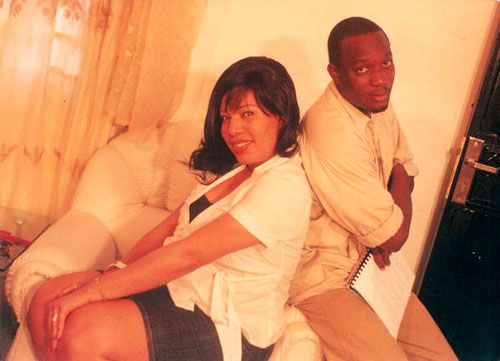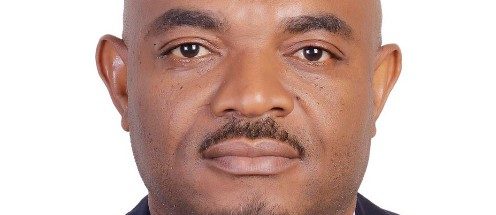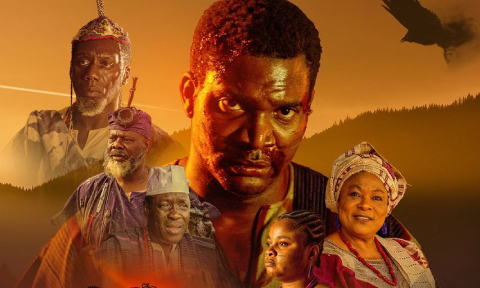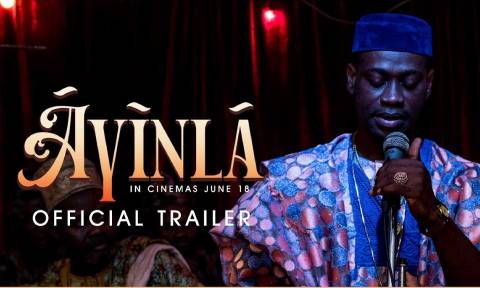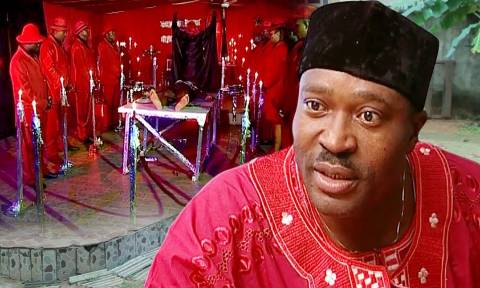North African uprisings under the spotlight at Africa’s largest film festival
FESPACO, as Africa’s largest film festival, has dealt with and projected the dreams and challenges confronting the continent. This year will be no different. At the 2011 festival the uprisings in North Africa are expected to dominate. By Leela JACINTO (text)
Africa’s largest and arguably most prestigious film festival opens Saturday in Ouagadougou, the capital of the tiny West African state of Burkina Faso, as the northern part of the continent has been rocked by seismic political changes resulting in the fall of longstanding dictators.
The Panafrican Film and Television Festival of Ouagadougou (Festival panafricain du cinéma et de la télévision de Ouagadougou, or FESPACO) has been running every second year since 1969 and has blossomed into the principal gathering and film bazaar for film-makers, producers, critics and fans from across Africa.
Over the past four decades, FESPACO has grappled with geopolitical and socioeconomic issues that range from postcolonial nation-building, to post-modern identity issues, to the economic challenges of working in the world’s most expensive art form in the world’s poorest region.
The theme for this year’s FESPCO, which runs from February 26 to March 5, are the dual challenges of financing and distributing African films, as well as the fight against film piracy.
At a press conference in Paris on January 14, festival head Michel Ouedraogo went so far as to describe film piracy as a “cultural AIDS” that is “slowly killing our cinema industry”.
But even as Ouedraogo was addressing the press in the French capital, history was being made in the Tunisian capital with national TV stations interrupting their late afternoon programming on January 14 to break the momentous news that long-time Tunisian strongman Zine al-Abidine Ben Ali had fled the country.
The political ripples emanating from Tunisia to Egypt, Libya and a host of other countries in the region may not be mentioned on the official festival talking-points. But most attendees expect the North African uprisings to dominate the festival discourse.
“This year, it will be very interesting to see what the artists are saying about the uprisings in North Africa. Maybe FESPACO two years from now will be even more interesting,” says Alix Bayle, co-author of “Ouaga Paradiso,” a 42-minute documentary on African cinema premiering at FESPACO 2011.
Cameron Bailey, co-director of the Toronto Film Festival and a FESPACO regular for the past two decades, has little doubt that upcoming African cinema will reflect the current political realities.
“The leading film-makers in Africa are all engaged in social and political realities and many of them make films about the conditions of the countries they come from,” says Bailey. “I have no doubt that people will be discussing this at the festival.”
All eyes on the Golden Stallion of Yennenga
Showcasing hundreds of films – including feature films, short films documentaries as well as TV and video productions – FESPACO provides an immense platform for the continent’s film industry.
The biggest attraction is reserved for the last day when the top prize- named after the legendary founder of the 11th century Mossi empire in what is now Burkina Faso – is awarded to the best feature film.
Besides feature film awards – including best actor and actress, screenplay and cinematography prizes – FESPACO also offers awards for short films, documentaries, TV and video films and student films.
Other special awards include the Paul Robeson Prize for the best film by a director from the African diasporas. The prize is named after the legendary African-American singer, actor, athlete and social activist. This year’s Paul Robeson Prize nominees include films from the USA, Canada, Haiti and Brazil.
FESPACO 2011 has 111 films in competition – including 18 feature films, 13 short films, 22 documentaries, 37 TV and video productions, 10 films from the African diasporas and 11 student films.
“It’s an opportunity to see some of the most important works in African cinema and since it happens once in two years, it features quite a huge trove of films,” says Bailey.
On the dusty streets of Ouagadougou, under the African stars
But the biggest draw for FESPACO regulars is the unmatched exuberance of a quintessentially African film festival, where the opening ceremony in a downtown Ouagadougou stadium packs in tens of thousands of passionate cinema enthusiasts.
“For me, FESPACO is about the intangible, it’s the euphoria on the dusty streets of Ouagadougou; it’s the people gathering at the outdoor screenings under the stars. It’s a biennial gathering of film-makers, actors, veterans, scholars from the ends of the continent to address the concerns of African cinema. For me, FESPACO has an emotional and psychic value,” explains Bailey.
For Burkinabes, FESPACO marks an eight-day period when their impoverished homeland of a little over a 16 million people – 90 percent of whom are engaged in subsistence agriculture, with more than 46 percent living below the poverty line – gets a chance to shine in the international spotlight.
No Nollywood in the mix
But while Burkina Faso is among the world’s poorest countries, this former French colony has traditionally placed a high value on culture, with an official government policy of supporting the arts.
The importance of cinema in Burkina Faso is encapsulated in Ouagadougou’s Place des Cineastes – or Cinema Square – where an immense, gaily African, orange and green monument symbolizes a film-maker’s tools from camera lenses to film rolls.
For a tiny, impoverished country, Burkina Faso has a disproportionate representation on the African film festival scene. Of the 18 films competing for the Golden Stallion of Yennenga this year, three are from Burkina Faso. In the short films category as well, Burkina Faso accounts for three of the 13 competing films.
Even a casual glance at the FESPACO 2011 competition lists reveal the predominance of films from former French colonies in Africa, also known as Francophone Africa.
In sharp contrast, Nigeria, the former British colony that is home to Nollywood – the world’s second-largest film producer – is relatively poorly represented in the competitive sections.
Unlike their Francophone African counterparts, who receive the bulk of their funding from French and other European funders, Nigerian filmmakers rely on video instead of film to reduce production costs.
A 2009 UNESCO survey noted that the predominance of video films in Nigeria is also a result of the lack of formal cinema halls in the oil-rich African nation. About 99 percent of Nigerian screenings occur in informal settings, such as “home theatres”.
“Restless City” – a 2010 film by Andrew Dosunmu, a Nigerian film-maker who lives between New York and his native Nigeria – is the only Nigerian film in the competing feature films category at FESPACO 2011.
The 24 film-strong TV and video films category features just two Nigerian productions – “Champions of our time” by Mak Kusare and “The Figurine” by Kunle Afolayan.
The brutal truth is that while organizers laud the unifying spirit of Africa’s biggest film festival, FESPACO exposes the deep chasms that divide countries with different cultural, linguistic and colonial histories.
“Former European colonies still have an imprint of how the former ruling power considered and thought about cinema,” says Bailey. “Former British colonies such as Ghana, Kenya and Nigeria do not have the culture of cinema as in the former French colonies.”
In recent years, North African film festivals – such as the Marrakesh and Fez film festivals in Morocco – have gained prominence, attracting more films and funding. It remains to be seen if the recent events shaking North Africa will leave an imprint on African films. For that, as Bayle notes, we’ll have to wait for FESPACO 2013.
